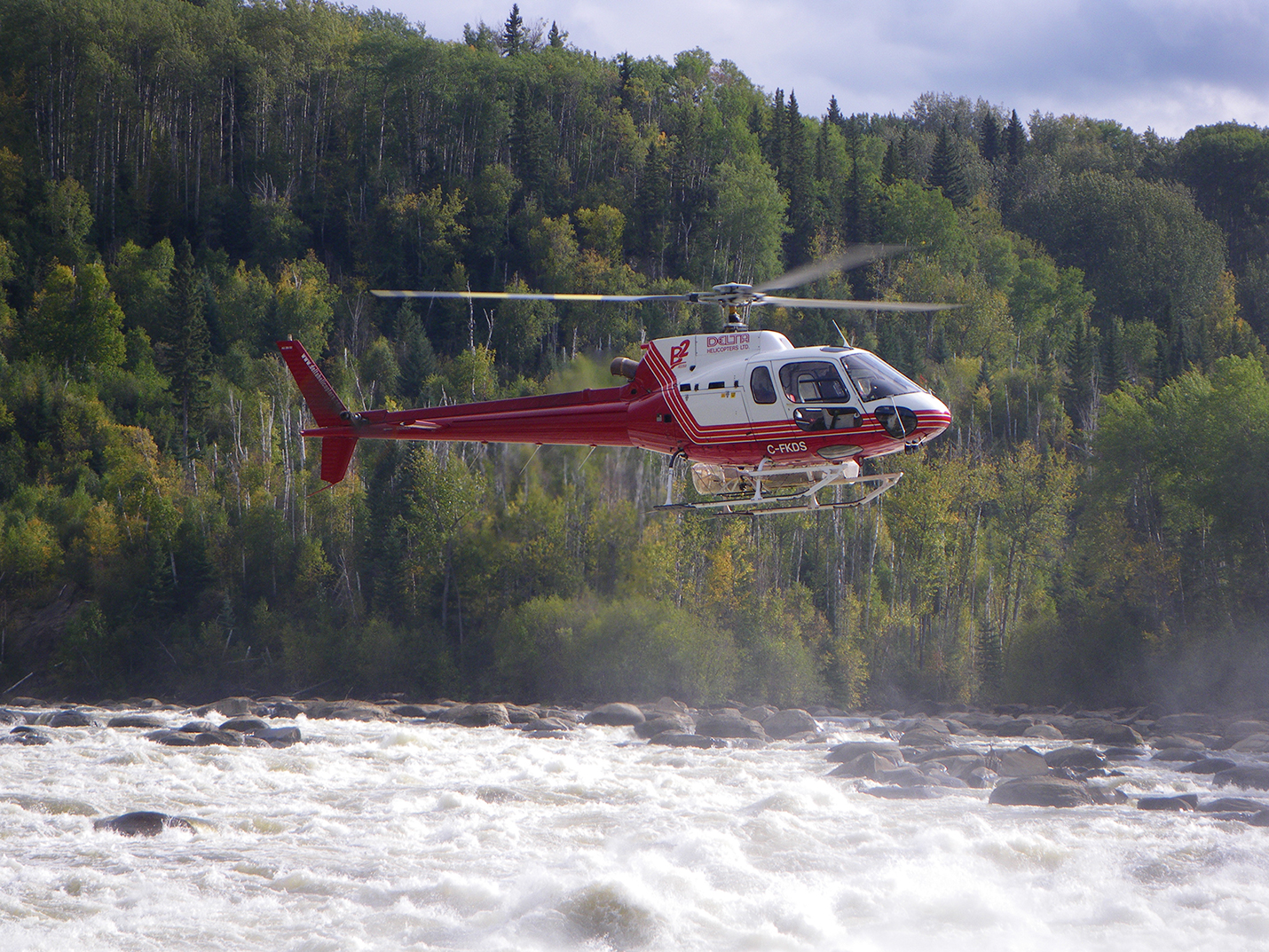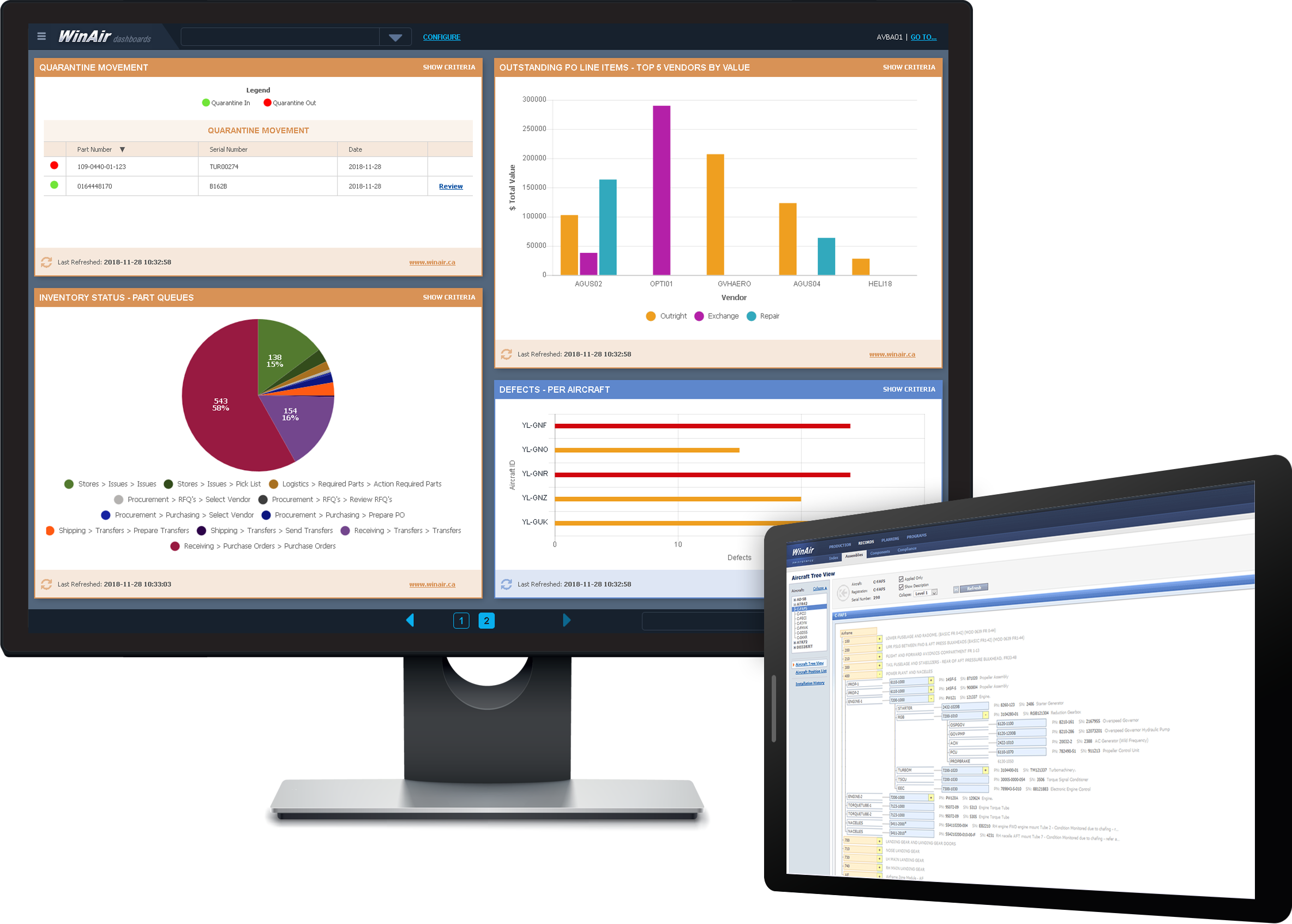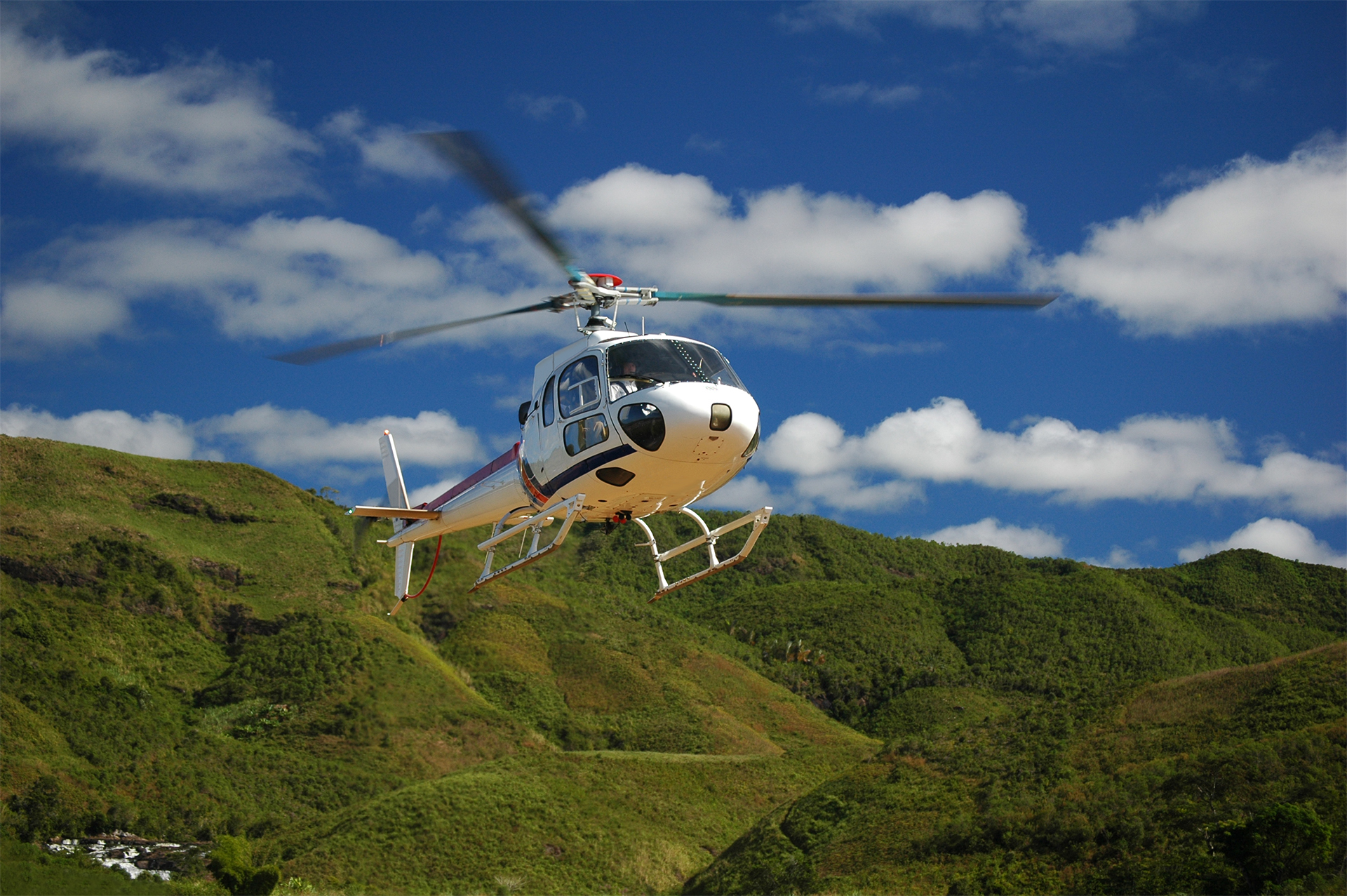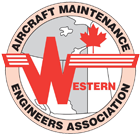WinAir presents, The Greatest Guide to the Airbus H125/AS350 Helicopter—infographic highlights essential information on this light utility helicopter, from typical aircraft uses, to general characteristics, performance data, avionics information, and much more
(An AS350 helicopter prepares for landing at an undisclosed location in June 2006 -Helimission, CC BY-SA 4.0, via Wikimedia Commons)
The Greatest Guide to the Airbus H125/AS350 Helicopter shines the spotlight on the Airbus AS350 helicopter’s vital statistics, specifications, and available variants. Also known as the Eurocopter AS350 Écureuil (Squirrel) or AS350 “AStar,” the AS350 is a powerful, versatile, and dependable helicopter that was initially designed and manufactured in France by Aérospatiale and Eurocopter (now Airbus Helicopters). Because it is highly adaptable to various mission profiles and performs well in variable climates, the AS350 is utilized worldwide throughout numerous industries.
The 1st prototype of the Airbus H125/AS350 helicopter achieved its first flight at Marignane, France, on June 27th, 1974, as the AS350C, using a Lycoming LTS101 turboshaft engine.(5) The 2nd prototype of this helicopter, an AS350B, completed its maiden voyage on February 14th, 1975, using a Turbomeca Arriel 1a engine. The former aircraft, powered by the Arriel engine, was marketed worldwide, except for North America, where the company would position the Lycoming-powered helicopter for sale. Deliveries of the AS350B began in March 1978, followed by deliveries of the AS350C, which started in April 1978.
Over the years, the AS350’s rotor system, powerplants, and avionics would undergo further developments. As a result of these improvements, this helicopter would eventually garner a reputation as a go-to helicopter for operating in hot, dry climates and high ambient conditions. It would also receive recognition as a reliable helicopter for facilitating various roles using multiple cabin configurations, varying seating arrangements, and large sliding doors fitted to either side of the cabin.
Operators of the AS350 have the option to equip these helicopters with an array of mission-specific equipment, including forward-looking infrared (FLIR) cameras, rescue hoists, cargo hooks, external electrical mirrors, searchlights, tactical consoles, night vision goggle-compatibility, moving-map systems, internal cabin tie-downs, a second battery kit, sand filters, a wire strike protection system, 4-channel radio, tail rotor arch, cabin floor windows, removable seats, and other mission systems.[6] Consequently, due to its versatility in handling an assortment of equipment based upon the mission profile, the AS350 is considered an ideal helicopter for law enforcement. It excels at surveillance and reconnaissance, command and control, special operations unit transportation, and border patrol missions.
Businesses operating with the AS350 helicopter in their fleet will be interested in knowing that WinAir has clients worldwide with this helicopter that use WinAir Version 7 to manage their aircraft maintenance programs. For these clients, WinAir is an indispensable tool for ensuring that their fleet is always within compliance, airworthy, and ready for the next mission. To save clients time, accelerate their transition to the software, and assist with technical tasks, we offer various services. One of these services that will be of particular interest to AS350 operators is our aircraft template building service. With this service, our Aircraft Services team will develop an electronic template within WinAir on your behalf for any aircraft type based on OEM maintenance requirements. In addition to streamlining and expediting processes, businesses taking advantage of this service will benefit from the opportunity to manage multiple aircraft of the same type using the same template.
For quick access, a summary of this infographic is below this image.
(Click on the infographic to zoom into the material)
Infographic Summary:
The Greatest Guide to the Airbus AS350 Helicopter
Introducing the Airbus H125/AS350 Helicopter
The Airbus Helicopters H125, also known as the Eurocopter AS350 Écureuil (or Squirrel), and marketing in North America as the AStar, is a single-engine light utility helicopter. It was originally designed and manufactured by Aérospatiale and Eurocopter (now Airbus Helicopters) in France.(3)
On June 27, 1974, the 1st prototype of this helicopter, an AS350C powered by a Lycoming LTS101 turboshaft engine, conducted its first flight at Marignane, France; the 2nd prototype, powered by a Turbomeca Arriel 1A, completed its maiden voyage on February 14, 1975.(5)
Typical Aircraft Uses
- Passenger Transport
- Utility Mission
- Corporate Transport
- Heavy Load Transport
- Medical Evacuation
- Search and Rescue (SAR)
- Law Enforcement
- Oil Rig Configuration
Operators have the option to equip these helicopters with forward-looking infrared (FLIR) cameras, rescue hoists, cargo hooks, external electrical mirrors, searchlights, tactical consoles, night vision goggle-compatibility, moving-map systems, internal cabin tie-downs, a second battery kit, sand filters, a wire strike protection system, 4-channel radio, tail rotor arch, cabin floor windows, removable seats, and other mission systems.(6)
Vital Statistics[7]
Key Information:
- Role: Light Utility Helicopter
- National Origin: France
- Manufacturer: Aérospatiale, Eurocopter, Airbus Helicopters, Helibras
- First Flight: June 27, 1974
- Introduction: 1975
- Status: In Service
- Primary Users: Brazilian Air Force, Pakistan Army Aviation, Royal Jordanian Air Force
- Produced: 1975–present
- Number Built: 3,590 (AS350/AS550: 2009)
- Variant: Eurocopter AS550 Fennec, Eurocopter AS355 Écureuil 2
Specifications (AS350 B3)[10]
General Characteristics:
- Crew: 1 pilot
- Capacity: 5 passengers. 4, 5, & 6 passengers options available. The 6 passenger configuration replaces the single passenger forward seat with a two-person bench seat.
- Length: 10.93 m (35 ft 10 in) (fuselage)
- Height: 3.145 m (10 ft 4 in)
- Empty Weight: 1,174 kg (2,588 lb)
- Maximum Takeoff Weight: 2,250 kg (4,960 lb)
- Powerplant: 2,250 kg (4,960 lb)
- Main Rotor Diameter: 10.7 m (35 ft 1 in)
- Main Rotor Area: 89.75 m2 (966.1 sq ft)
Performance:
- Cruise Speed: 245 km/h (152 mph, 132 kn)
- Never Exceed Speed: 287 km/h (178 mph, 155 kn)
- Range: 662 km (411 mi, 357 nmi)
- Endurance: 4 hours 6 minutes
- Service Ceiling: 4,600 m (15,100 ft)
- Rate of Climb: 8.5 m/s (1,670 ft/min)
Avionics:
- Vehicle and Engine Monitoring Display (VEMD) with First Limit Indicator (FLI) fitted as standard.
Variants[14]
Available Variants:
- AS350
- AS350 Firefighter
- AS350B
- AS350 B1
- AS350 B2
- AS350 B3
- AS350 BA
- AS350 BB
- Eurocopter Squirrel HT.1
- Eurocopter Squirrel HT.2
- AS350 C
- AS350 D
- AS350 L1
- AS350 L2
- HB350 B Esquilo
- HB350 B1 Esquilo
- HB350 L1
Aftermarket Conversions:
- Soloy SD1, Super D
- Soloy AllStar
- Soloy SD2
- Heli-Lynx 350FX1
- Heli-Lynx 350FX2
- Otech AS350BA+
Be Mission Ready by Handling AS350 Helicopters with WinAir
 (An Airbus AStar 350 B2 operated by WinAir client, Delta Helicopters, is pictured in mid-flight © Delta Helicopters)
(An Airbus AStar 350 B2 operated by WinAir client, Delta Helicopters, is pictured in mid-flight © Delta Helicopters)When it comes to being mission-ready, maintenance compliance is mission-critical. That’s why businesses with demanding missions profiles, like those that operate with the Airbus AS350 helicopter, trust in WinAir to track and manage their fleet maintenance programs, maintain inventory control, and ensure compliance. It’s because these businesses know that WinAir has a longstanding history of assisting its clients in boosting efficiencies, improving maintenance processes, and achieving operational success.
To help its clients reach their unique goals, WinAir has software packages specifically geared towards the needs of Heliops, Operators, and MROs. Concerning its Heliops Package, helicopter operators will be keenly interested in noting that the software has the power to handle all complex counters, dynamic components, and variable cycles. As a result, staff no longer have to use spreadsheets or external programs to manage these complex formulas and calculations since they can easily handle them in WinAir. They also have the opportunity to take efficiency to the next level by going paperless by implementing Digital Signatures within WinAir and integrating their Flight Ops system and Financial software with the product.
Are you interested in learning more about WinAir? Contact us now to speak with a member of the WinAir team!

(WinAir Dashboards displayed on a desktop computer and an aircraft template tree view displayed within WinAir Version 7 on a tablet—© WinAir)
About WinAir:
Based in London, Ontario, Canada, WinAir has over 30 years of experience as a leader in aviation management software. Companies rely on WinAir to efficiently and effectively track and manage aircraft maintenance and inventory control. WinAir is proud to lay claim to hundreds of installations at aviation-specific organizations worldwide. From airlines to heli-ops, law enforcement agencies, oil industry suppliers, MROs, CAMOs, medical evacuation response teams and more, businesses using WinAir regard the solution as a necessary component to the successful management of their fleet maintenance programs.






